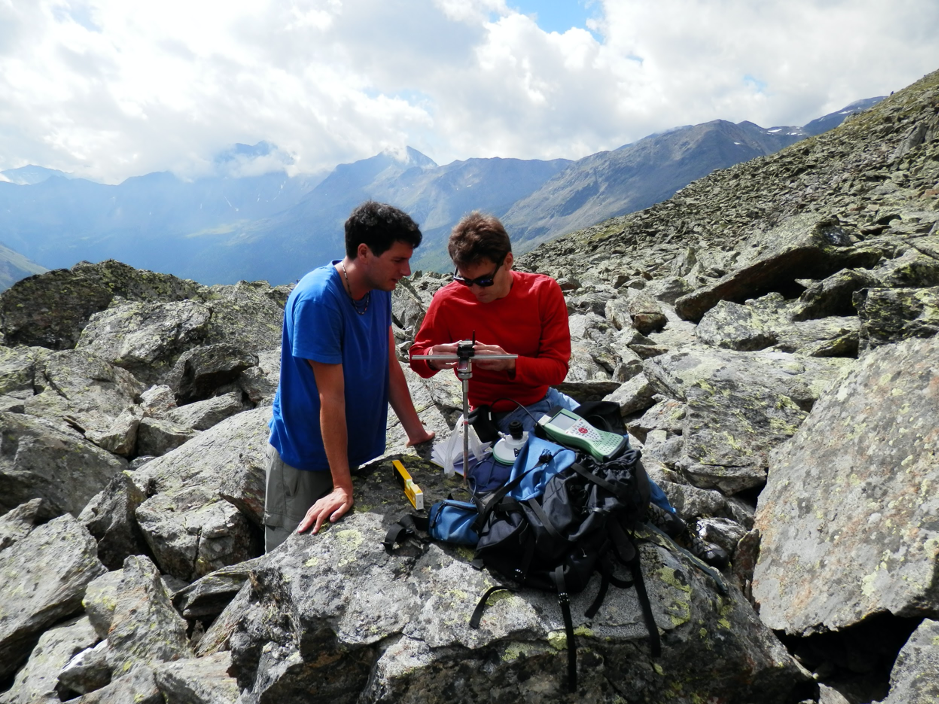
Working on natural hazards brings you to places (physically and virtually) you might never have discovered otherwise. You look at the world while asking questions about places, situations, relationships, and interactions of the natural processes surrounding you, inspiring your scientific potential. The Natural hazard Early Career Scientists Team is interested in your natural hazard research and would like to invite you to share it as a form of photos with our global community through our blog. Professionals perceive that capturing a moment can communicate a message or stir emotions; scientists can use their visual imagery to communicate scientific phenomena and enhance engagement of the non-scientific community into the beauty and the hard time of geoscientists!
How does it work? Send us (nhecsteam@gmail.com) one picture that represents your natural hazard research (present or past) with a caption explaining what, who and when. Bear in mind that the research is YOU whenever you are based in the field, in the lab or computer-attracted! Don’t forget your name and affiliation in order to properly credit your contribution! In this regard, if you want to be tagged in FB or Twitter, share your nickname as well!
PICTURE YOUR RESEARCH from Giulia Roder and Gabriele Amato, NHeT bloggers.

Giulia Roder, a research associate at the United Nations University (Tokyo) exploring the subjective well-being related to water and the sustainability of the water resource of tribal communities in India (Andhra Pradesh) (June 2019). The interview (picture) has been undertaken to set the scene for a structured data collection aimed at determining and quantifying the water (in)security variables (access, availability, extremes – droughts and floods) that affects people quality of life. For reference: https://ias.unu.edu/en/research/water-for-sustainable-development.

Gabriele Amato is a postdoctoral researcher at IFAC-CNR in Florence. Here is carrying out a GPS survey using the rapid-static relative positioning technique on a deep-seated slope deformation (in simple words a huge landslide that moves extremely slowly and affects large, and deep, portions of rock slopes) in Maso Corto (South Tyrol, Italy), in the framework of the “SloMove” project, in July 2013. This activity was also part of his Master thesis in Geology, discussed in 2014 at Roma Tre University (Rome, Italy).
